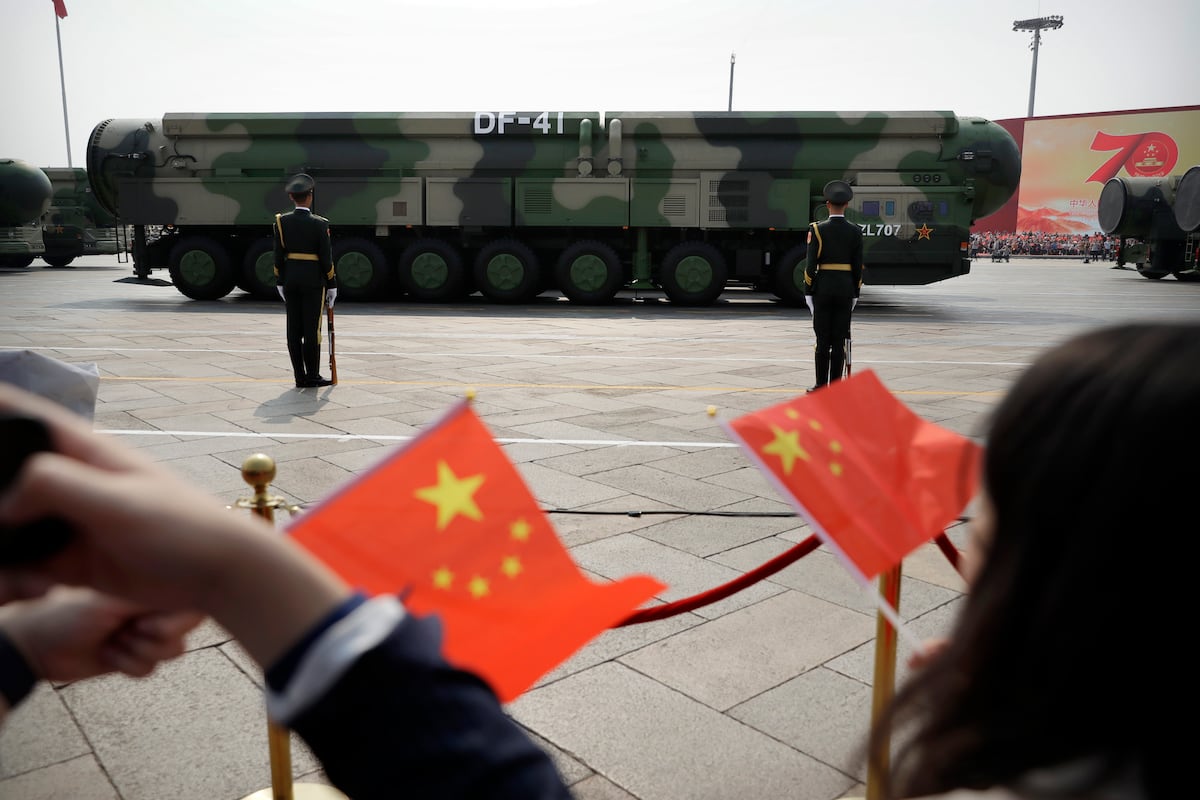Transition in Naval Cybersecurity Leadership
Departure Announcement
The U.S. Navy is poised for a leadership transition in its cybersecurity and information domain following the retirement of Jane Overslaugh Rathbun, who has served as the chief information officer (CIO) for nearly two years. Rathbun announced her decision to retire on LinkedIn, expressing her sentiments of gratitude and pride as she reflects on a distinguished career spanning over three decades in civil service.
A Legacy of Accomplishments
During her tenure, Rathbun oversaw crucial advancements in the Navy’s information technology landscape, which commands an estimated portfolio exceeding $12 billion. Her achievements include:
- Collaborating with industry and academic institutions to develop innovative solutions addressing emerging cybersecurity challenges.
- Engaging cross-functional teams to enhance information warfare strategies and cyber readiness.
- Cultivating significant partnerships that bridged gaps between government and private sectors.
Despite her impactful initiatives, Rathbun did not disclose specific reasons for her retirement, leaving room for speculation regarding the motivation behind her decision to step down at this juncture.
Leadership Pathway
Rathbun initially assumed the role of acting CIO in March 2023, succeeding Aaron Weis, who transitioned to a position with Google Public Sector. Her promotion to the confirmed CIO role came in November 2023, under the endorsement of Navy Secretary Carlos Del Toro. This appointment positioned her at the forefront of the Navy’s technological vision, steering not only cybersecurity policies but also broader enterprise services within the naval framework.
Prior to her role as CIO, Rathbun served as the deputy assistant secretary of the Navy for information warfare and enterprise services and was the Navy’s chief technology officer, reflecting her extensive experience in various high-ranking roles.
Broader Impact and Future Considerations
Rathbun’s departure raises important questions about future leadership and strategic direction within the Navy’s cybersecurity initiatives. The upcoming selection of her successor will be pivotal in determining how the Navy addresses continually evolving cyber threats and information warfare strategies, particularly as other branches of the U.S. military also adapt their cybersecurity frameworks in response to similar challenges.
As the navy navigates through this transition, it will be essential to assess how the next CIO builds upon Rathbun’s foundation and integrates advancements that not only bolster cybersecurity but also enhance overall operational readiness in an increasingly complex global environment.
For Navy officials and stakeholders, a comprehensive understanding of Rathbun’s contributions and the subsequent trajectory of information technology initiatives will be crucial as they seek to maintain operational superiority in the rapidly advancing domain of cybersecurity.
Conclusion
Jane Overslaugh Rathbun leaves behind a robust legacy characterized by significant advancements in maritime cyber defense capabilities and collaborative frameworks within the technology sector. Her retirement signifies a moment of reflection for the Navy, emphasizing the imperative of continual leadership development to address the challenges posed by the dynamic cybersecurity landscape.
Understanding her contributions will be integral as the Navy prepares for the next phase in its cybersecurity evolution, prioritizing resilience and innovative approaches to safeguard national security interests.





